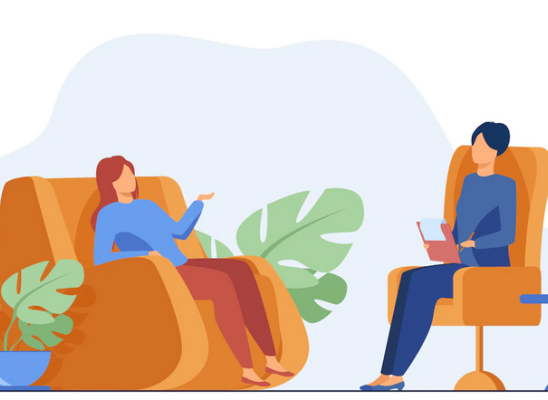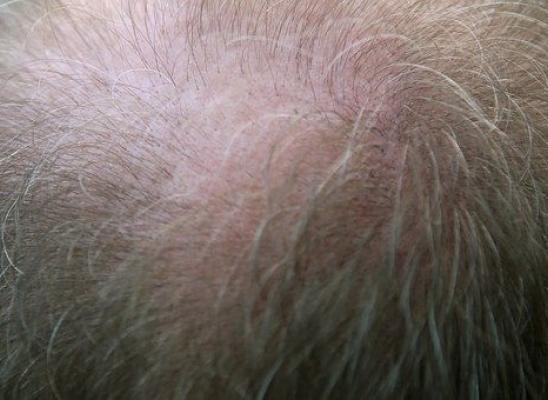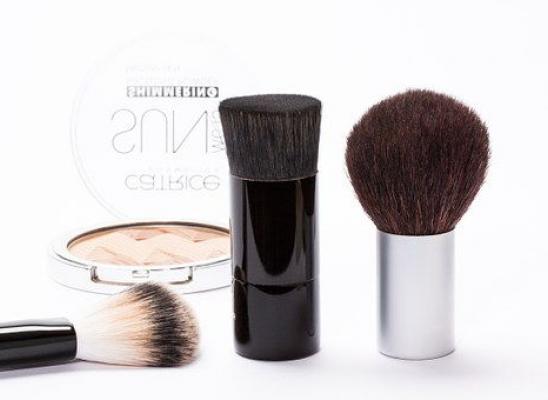Do I have trichotillomania? Hair pulling diagnosis

Online test
Find out the severity of your symptoms with this free online test

Hair pulling: bad habit or clinical condition?
If you are asking this question you most likely have been pulling hair for some time, but only ever regarded it as a bad habit. Then one day something makes you stop and wonder if there is more to it than that. As with any condition, in order for a diagnosis to be made, the signs and symptoms need to be presented before a health professional. The problem with trichotillomania is that there is still very little awareness of hair pulling as a clinical condition. In recent decades there has been growing research and hence growing support for trichotillomania, and thus as public awareness of the condition increases, more and more individuals have been able to identify the signs and symptoms in themselves. However, the severity of hair pulling varies greatly, and like most unhealthy behaviours or behaviours that reap negative social consequences, there is a degree of acceptability when regarded simply as a bad habit. How do you then know if your hair pulling habit is actually a clinical disorder? The first step is to identify some of the warning signs, and then to follow this up with a consultation with a health professional.
The Warning Signs
One of the key clues that behaviour may have a clinical component is if it impacts negatively on your functioning and your ability to engage in meaningful occupations or negatively affects your relationships. Some of the warning signs that hair pulling is affecting your function include:
- Not being able to go out in public without covering up the pulling site, e.g. wearing hats, scarves, sunglasses
- Avoidance of social situations when conditions are windy or wet, e.g. swimming
- Constantly being late due to spending extended periods of time pulling
- Feeling you are not in control of the ability to stop pulling
If you are concerned that you can relate to any of these signs you should consult with your doctor, who should perform a thorough evaluation to determine if you have trichotillomania. Your doctor will want to establish how much hair loss you have and first eliminate other possible causes of hair pulling and hair loss.
Diagnostic Criteria
When presented before a health professional, diagnosis of hair pulling disorder is guided by diagnostic criteria as outlined in the Diagnostic and Statistical Manual of the American Psychiatric Association (DSM).Trichotillomania was only first recognized in the DSM-III Revised edition (DSM-III-R) in 1987. Since then the diagnostic criteria have been revised to the current version found in the DSM-5. The DSM-5 clearly differentiates hair pulling as a disorder from other non-clinical hair pulling behaviours. For example it states that “Trichotillomania should not be diagnosed when hair removal is performed solely for cosmetic purposes”. The DSM-5 also recognizes the diversity of the disorder, so one cannot determine whether you have trichotillomania solely by comparison to others who have the disorder. The DSM-5 characterizes trichotillomania by recurrent body-focused repetitive behaviour (hair pulling) and repeated attempts to decrease or stop the behaviour. The behaviour can occur during both relaxed and stressful times, but there is often a mounting sense of tension before hair pulling occurs or when attempts are made to resist the behaviour. Trichotillomania is categorized under obsessive-compulsive and related disorders and the criteria for diagnosis are as follows:
- Recurrent pulling out of one’s hair, resulting in hair loss
- Repeated attempts to decrease or stop the hair-pulling behaviour
- The hair pulling causes clinically significant distress or impairment in social, occupational, or other important areas of functioning
- The hair pulling or hair loss cannot be attributed to another medical condition (eg, a dermatologic condition)
- The hair pulling cannot be better explained by the symptoms of another mental disorder (eg, attempts to improve a perceived defect or flaw in appearance, such as may be observed in body dysmorphic disorder)
In essence, if you suspect you or someone you care about has trichotillomania, the best course of action would be to consult with your doctor about your concerns. A diagnosis will enable you to seek the appropriate help and support as needed.
Online test
Find out the severity of your symptoms with this free online test
Start your journey with TrichStop
Take control of your life and find freedom from hair pulling through professional therapy and evidence-based behavioral techniques.
Start Now



